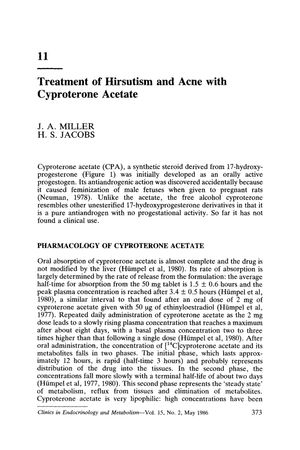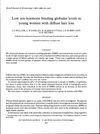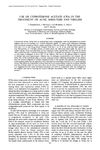Treatment of Hirsutism and Acne with Cyproterone Acetate
May 1986
in “
Clinics in Endocrinology and Metabolism
”

TLDR Cyproterone acetate is effective for treating hirsutism and acne but less so for hair loss, with side effects similar to birth control pills.
In 1986, cyproterone acetate (CPA) was evaluated for its effectiveness in treating hirsutism, acne, and androgenic alopecia. CPA works by competing with androgens at receptor sites, reducing circulating androgens, and suppressing ovulation, which in turn lowers plasma testosterone and androstenedione levels. It is administered orally and has a half-life of about two days, with a longer elimination time in obese patients. Clinically, CPA, combined with ethinyloestradiol, has been used to treat moderate to severe hirsutism and acne, showing a reduction in skin greasiness and hair growth after several months. It is also used for hyperandrogenization due to ovarian disorders like polycystic ovaries. The treatment is contraceptive and may have side effects similar to combined oral contraceptives. Although effective for hirsutism and acne, the response rate for androgenic alopecia is lower. Patients should be informed about the risks and monitored for metabolic impacts. The document does not provide specific numbers of study participants, so the strength of the evidence cannot be determined.



